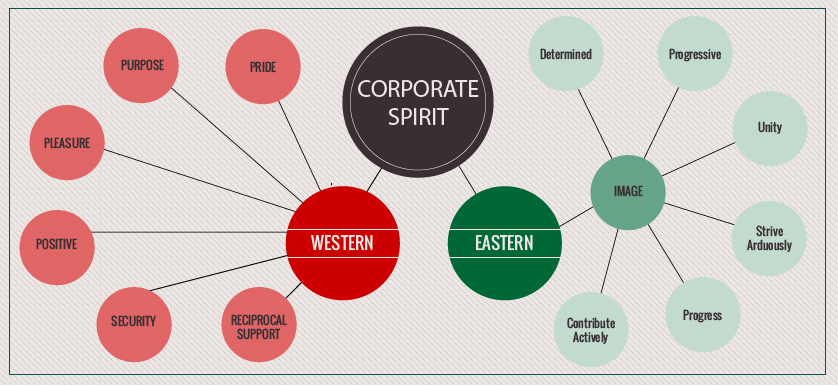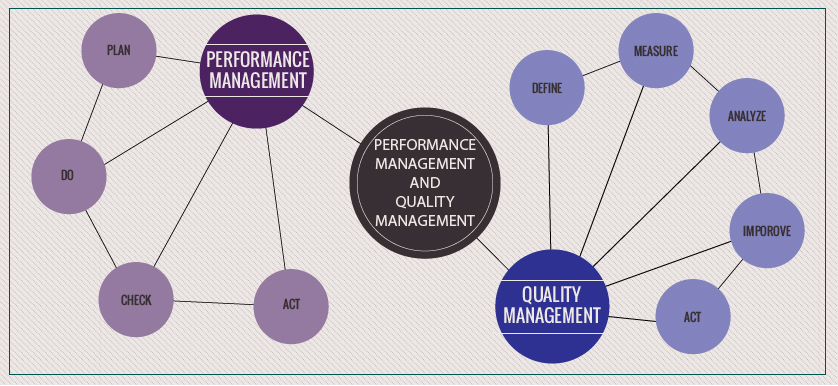Want A Thriving Business? Focus On Emotional Intelligence

Image Source: oatawa | Canva
Get the opportunity to grow your influence by giving your products or services prime exposure with Performance Magazine.
If you are interested in advertising with Performance Magazine, leave your address below.

Image Source: oatawa | Canva

Many organizations from around the world present their purposeful identities to the general public by using elements such as vision, mission and value statements.
Oftentimes I am asked for advice on how to do performance management right. A very relevant question, as it is easier to make mistakes in deploying performance management practices rather than to get it right.
Clarifying terminology and understanding the context of each entity is important in designing good performance architecture that fits its environment and cultural dynamics.

team
Have you wondered why some managers have the best team, with happy members, who meet deadlines and surpass project goals while others don’t? The secret ingredient is the attributes they have.

One of the administrative science domains that feeds Performance Management as a discipline is the quality movement. The Plan-Do-Check-Act (PDCA) cycle is at the core of the link between the two fields. It has been promoted and used in its current form for over 50 years. However, its roots can be traced back to ancient Greece.